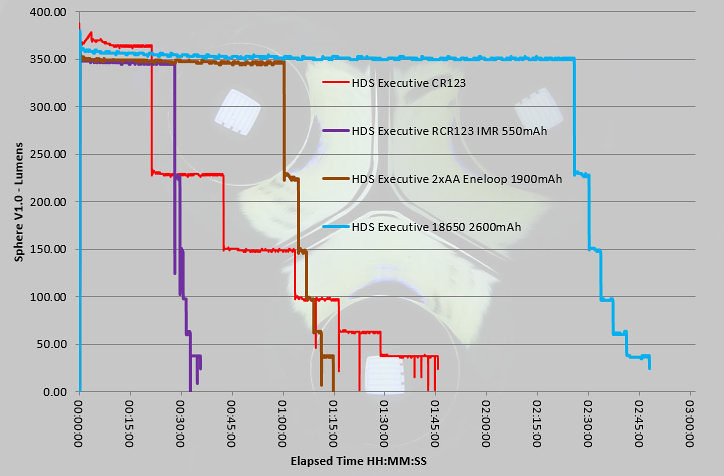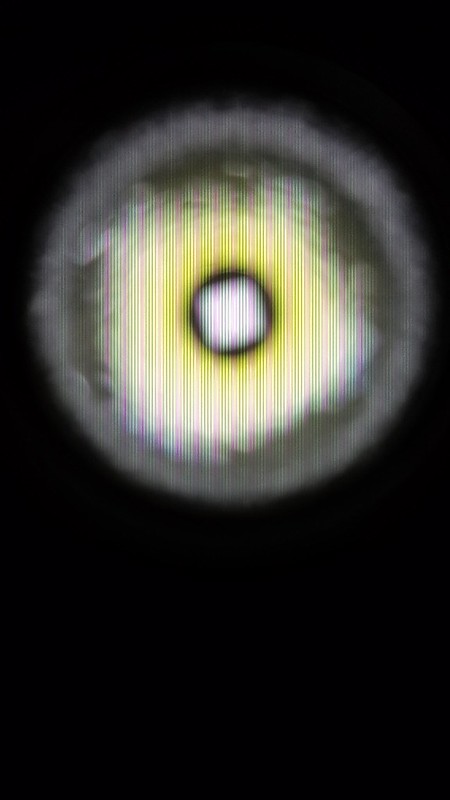jon_slider
Flashlight Enthusiast
- Joined
- Mar 31, 2015
- Messages
- 5,140
Recently I have learned that Constant Current lights can have flicker. Not all flicker is visible to the naked eye. The following images are links to the original source, but the image itself is hosted on my photo site, so as not to violate any hot linking rules.
http://www.hdssystems.com/Articles/P...lashlights.pdf
There are two different types of resolution errors that are important to us. The first is the absolute output error. As long as the absolute output changes slowly over time an absolute output error of 10% has very little visual affect - i.e., the user will never see the error. The second type of error is the inter-voltage error. This is the suddenchange in output voltage for a very small change in input voltage. The inter-voltage error results in a sudden change in light output which is much easier for the eye to detect. The inter-voltage errors must be kept small and should result in less than a 5% change in light output to keep the user from noticing.
HDS

Muyshondt Beagle

Manker E02

http://www.hdssystems.com/Articles/P...lashlights.pdf
There are two different types of resolution errors that are important to us. The first is the absolute output error. As long as the absolute output changes slowly over time an absolute output error of 10% has very little visual affect - i.e., the user will never see the error. The second type of error is the inter-voltage error. This is the suddenchange in output voltage for a very small change in input voltage. The inter-voltage error results in a sudden change in light output which is much easier for the eye to detect. The inter-voltage errors must be kept small and should result in less than a 5% change in light output to keep the user from noticing.
HDS

Muyshondt Beagle

Manker E02

Last edited:







